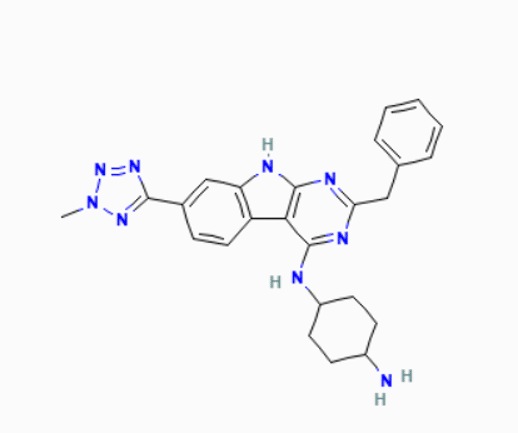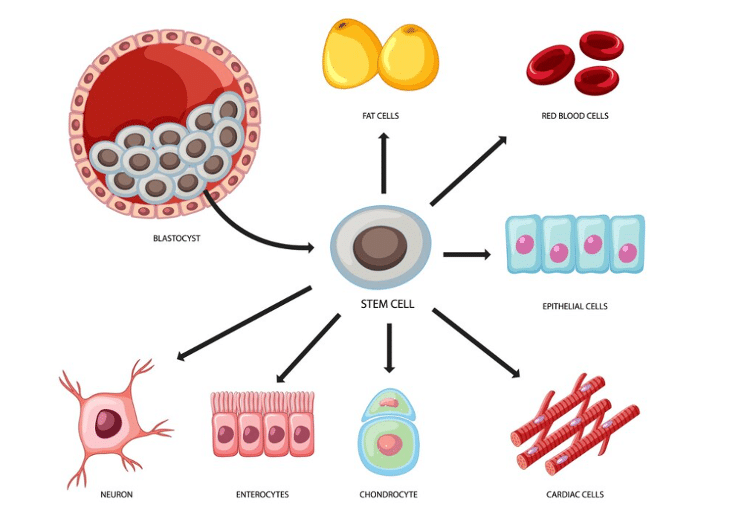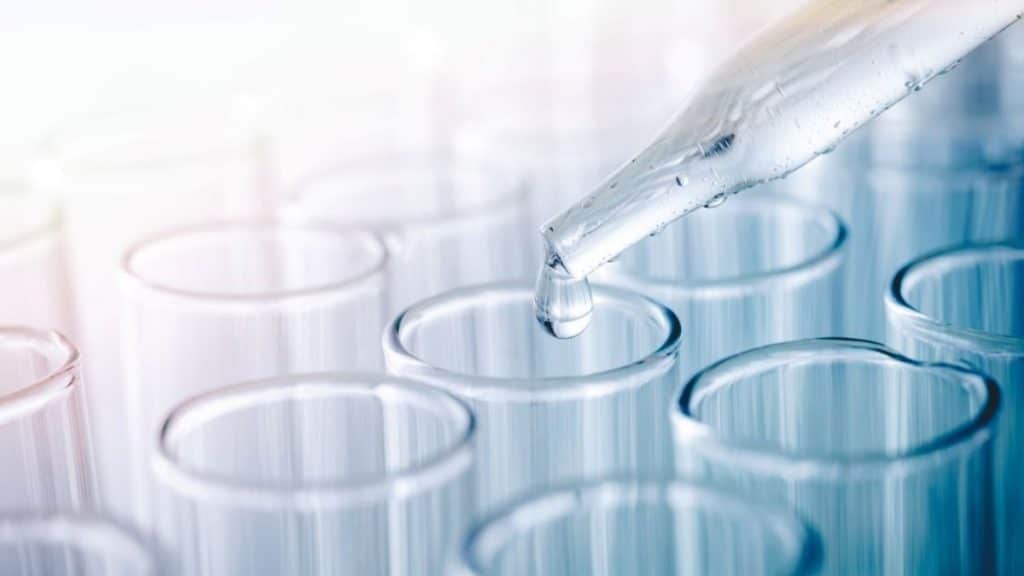In the direction of biomedical research, UM171, as a compound with breakthrough properties, has aroused strong interest among scientists as soon as it was discovered. This new type of small molecule is expected to redefine stem cell treatment methods. In this article, we will reveal the trajectory of UM171 from its birth to its potential future impact, and explain why it will play a key role in medical advancement.

The Emergence and Evolution of UM171
UM171 was discovered in a Canadian laboratory as scientists searched for compounds that could promote stem cell growth. Its unique molecular structure enables it to participate in specific cellular pathways, forming the basis of its effectiveness. Early studies focused on deciphering UM171’s interactions with biological mechanisms, leading to its ability to enhance hematopoietic stem cells (HSCs) in a controlled environment. This is a major breakthrough given the role of hematopoietic stem cells in renewing the blood system and providing new ways to treat blood-related diseases.
Clinical Application of UM171
UM171 has a wide range of clinical applications, especially in the treatment of blood-related diseases. It holds promise for improving bone marrow transplant outcomes. The ability of UM171 to expand HSCs suggests that transplantation may be effective even with limited or suboptimal donor matches, broadening treatment possibilities for patients with blood cancers and other blood disorders.
Clinical trials are exploring the true efficacy of UM171, and preliminary results suggest improved engraftment rates and reduced post-transplant complications. This can significantly improve patient outcomes and reduce the risks associated with bone marrow transplantation.
The value of UM171 lies in its targeted mechanism of action. It interacts with specific cell receptors, initiating processes that lead to HSC proliferation and renewal. This specificity is critical to minimizing the risks associated with stem cell therapies, such as uncontrolled cell growth. Ongoing research highlights that UM171 not only multiplies HSCs but also improves their function, enhancing their ability to efficiently homing and regenerate.

Prospects and Prospects
Despite the promise of UM171, challenges remain, particularly its long-term efficacy and scalability to broader clinical applications. Future studies aim to exploit UM171’s potential in regenerative medicine and other fields, potentially aiding tissue and organ repair.
BenchChem scientists mentioned, UM171 is a beacon of medical science, providing new treatment avenues where traditional treatments have limited limitations. It represents a major advance in stem cell research and paves the way for innovative medical treatments. As research continues, UM171’s full capabilities will play a key role in heralding a new chapter in medical treatment and patient care.
